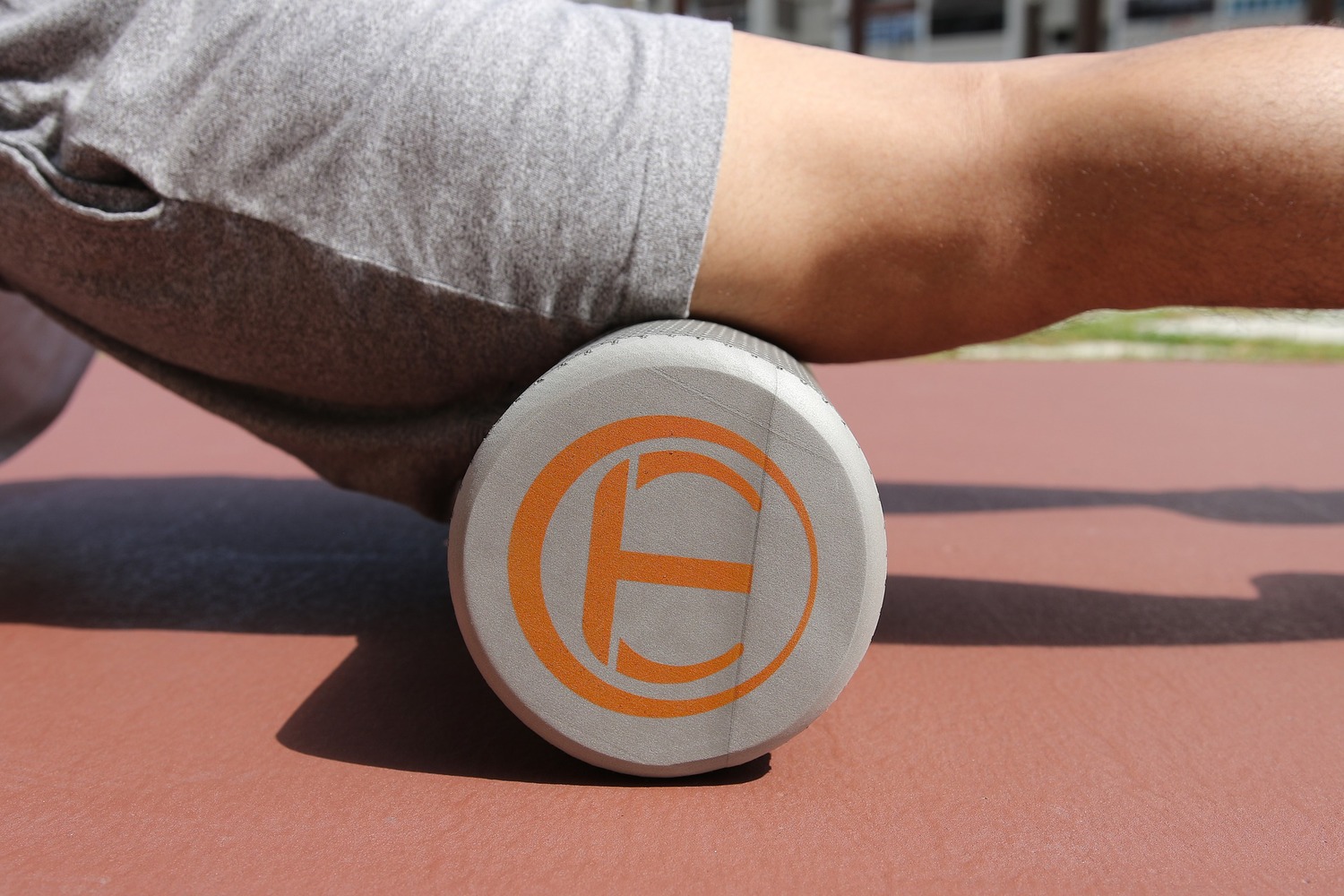Neck Pain. What else can I do?
October 20, 2017 in General
By: Dr. Kyle Etwaroo, Chiropractor
While neck pain is widely studied and understood from a diagnosis perspective, the treatment approach can often vary between practitioners. Most often I’m asked if stretching will help my neck when in pain. In short, a stretching routine can reduce your pain if done consistently, but will be more effective if incorporated with a resistance training component to it. Although it sounds farfetched to “train†your neck like you would your biceps or legs, research favours increasing the muscular endurance of your neck through low weight, multiple repetition exercises. Repetition allows for increased endurance, which leads to the ability to contract and support your neck movements and positions throughout the day, decreasing the possibility of fatigue or subsequent pain. A great way to test your endurance would be with a cervical endurance flexion test, where those with neck pain will have a harder time keeping their head suspended in flexion >30 seconds compared to an asymptomatic population.
Using resistance bands on your head in repetitive multidirectional ranges of motion (ex. Flexion, extension, etc.) is an effective tool in building both neck muscular endurance and ROM in a shorter period of time (as little as 2 months) than just pure stretching alone. Furthermore, adherence to endurance neck exercises throughout the week is minimal at most, requiring only 2/7 days of the week on average to be effective over the span of the year.
While neck pain can be the result of poor musculature endurance, the upper back or thoracic spine is often associated with neck pain and often overlooked when attempting to treat neck pain. It not only shares common muscular attachments with the neck and shoulder girdle but it is also associated in common movements such as rotation and lateral bending. Treatment protocols involving the thoracic spine (which included spinal manipulation) have been found to benefit patients with neck pain when combined with cervical range of motion exercises over the span of only 3 visits. Therefore, adding in a rehab protocol for the thoracic spine can indirectly help with your neck pain and further complement the training exercises for your neck. An example of a great thoracic exercise I give my patients is listed below.
- Foam Roller Mobilizations
- On your back, hands and elbows together without pulling on the neck
- Place foam roller perpendicular to your body along your mid back
- Roll with a parallel body evenly on the back, working slowly over painful trigger point spots
- Switch then to segmental mobs, gently extending backwards towards the floor at each level of your mid back
- Inhale and exhale when going from flexion to extension to decrease tension.
References:
Ylinen et al. 2006- Effects of Twelve-Month Strength Training Subsequent To Twelve-Month Stretching Exercise in Treatment of Chronic Neck Pain
Roquelaure et al. 2014-Prevalence of Thoracic Spine Pain in a Surveillance Network
Cleland et al. 2007- Development of a Clinical Prediction Rule for Guiding Treatment of a Subgroup of Patients with Neck Pain: Use of Thoracic Spine Manipulation, Exercise, and Patient Education



